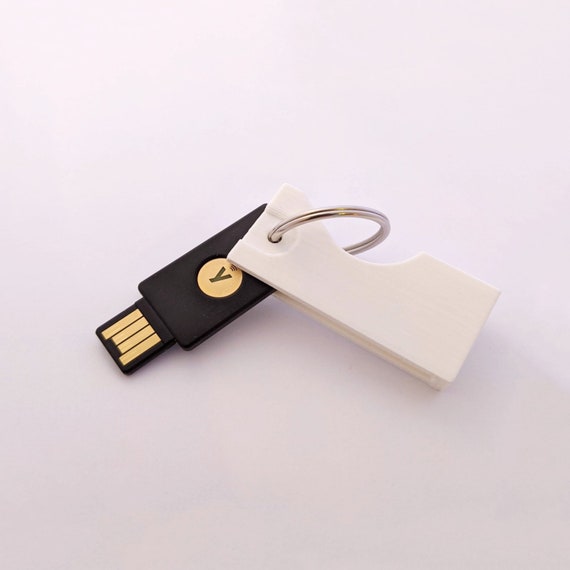

This method is not as strong as the above-mentioned 32 characters time-based OTP password but is still very secure. The OATH OTP 2FA method has the most widespread support with vendors and products. Users entered the time-sensitive code into the application they are authenticating to before the timer runs out. YubiKeys are also able to generate OATH time-based rotating One-Time-Passwords. It would be nice to see the number of OTP slots doubled to four in future products. You can, however, set up Bitwarrden using OATH OTP to work around this limitation. So if you use OTP slot #1 for local computer login, you have to choose between Bitwarden and KeePass for slot #2. For example, KeePass’s Challenge-Response OTP is not compatible with Bitwarrdens OTP. The various ways vendors implement OTP is not always compatible with other vendors. The two OTP slot limitation is a drawback. You can utilize one OTP slot to authenticate with multiple third-party applications, as long as they are using the same OTP method. You can configure one slot for local computer user login for a non-AD Windows PC, and the second slot for a Challenge-Response OTP key for your KeePass database. So two different OTP methods can be active on the same key. The YubiKey’s OTP function has two configuration slots. The password passes over to the application it is authenticating to automatically. The Yubikeys One-Time-Pass(OTP) function generates a 32 character time-based password that the user does not need to enter or interact with. 6 most common ways attackers bypass 2FA.cPanel 2FA bypassed in minutes via brute-force attacks.


The other issue is an incorrect implementation of the 2FA system. Several successful 2FA attacks were able to steal secret software tokens to generate one-time keys. The issue I see with software-based 2FA is they all are online and may be vulnerable to attack. Software-based 2FA involves a rotating time-based pin code, Text message codes, or even just email verification. There are many products on the market to secure a network using 2FA. Only a complete and total rebuild of all systems can restore security integrity. Once an adversary attains Domain Admin level rights, it is game over for the rest of the network. In my opinion, the new standard should be, at a minimum, all Domain Admin level accounts in Active Directory must be using 2FA. With a properly implemented 2FA system, attacks on User’s credentials are no longer scalable and require significantly more time and effort. 2FA breaks most attack chains and helps prevent privilege escalation and credential harvesting. Two-Factor Authentication(2FA) should no longer be optional in an enterprise environment.


 0 kommentar(er)
0 kommentar(er)
